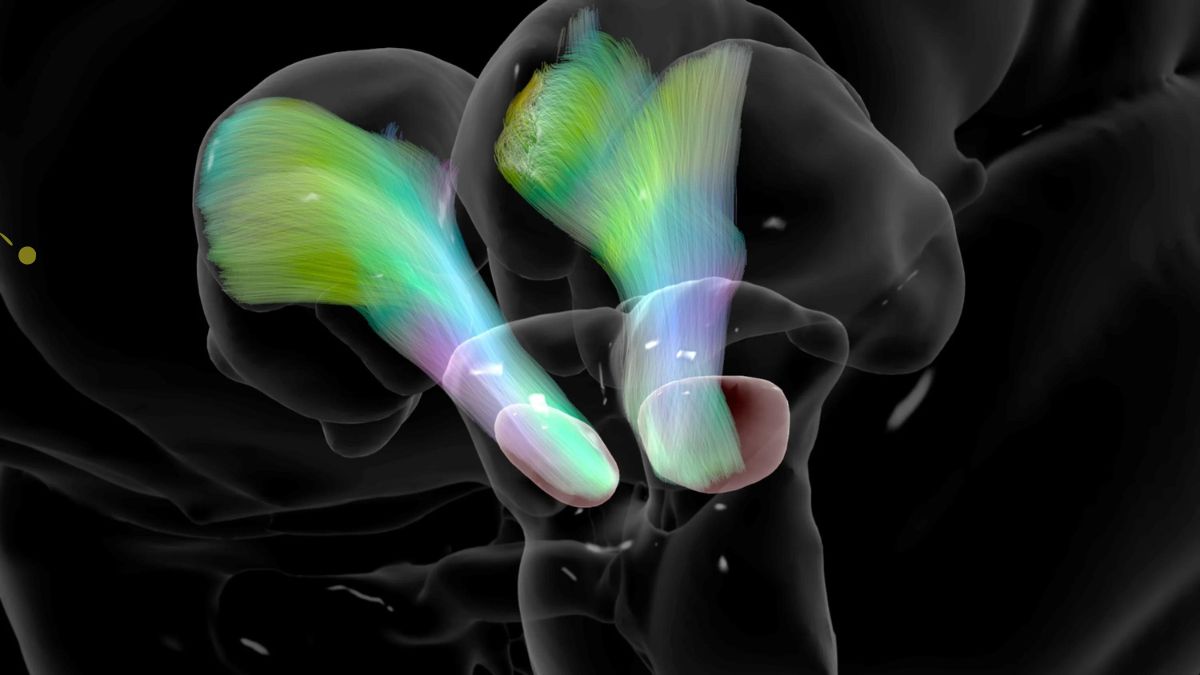The latest advancements in embryo technology could potentially lead to children with genes from two men, offering new possibilities for same-sex couples and individuals who struggle with infertility. This groundbreaking technology, reported in the journal Science Advances, involves altering the genetics of a donated egg using skin cells from one person, resulting in an embryo with combined genetics from both the skin donor and the sperm donor.
Senior author Shoukhrat Mitalipov, director of the Oregon Health & Science University Center for Embryonic Cell and Gene Therapy, explained that the goal is to produce eggs for patients who don’t have their own eggs. This technology could benefit same-sex couples wanting to have genetically related children, as well as women facing challenges in producing viable eggs due to factors like advanced age, cancer treatment, or other causes.
The process is similar to the technique used to clone Dolly the sheep in 1996, but with a focus on creating embryos with genetics from two parents rather than cloning a single parent. In mouse experiments, the OHSU team successfully created embryos with genetics from both parents using a three-step process.
First, they removed the nucleus from a mouse egg and replaced it with the nucleus of a mouse skin cell. Then, they induced the implanted skin cell nucleus to discard half of its chromosomes, similar to the process in cells dividing to produce mature sperm or egg cells. Finally, they fertilized the modified egg with sperm through in vitro fertilization, resulting in a healthy embryo with two sets of chromosomes equally donated by both parents.
This technique could offer a simpler alternative to other methods that involve fully reprogramming skin cells to become egg or sperm cells, which can be a lengthy process with potential genetic and epigenetic changes.
While this technology shows promise, researchers caution that it will take years before it can be available for human use. Further research is needed to understand how these chromosomes pair and divide to ensure the process accurately replicates natural reproduction.


